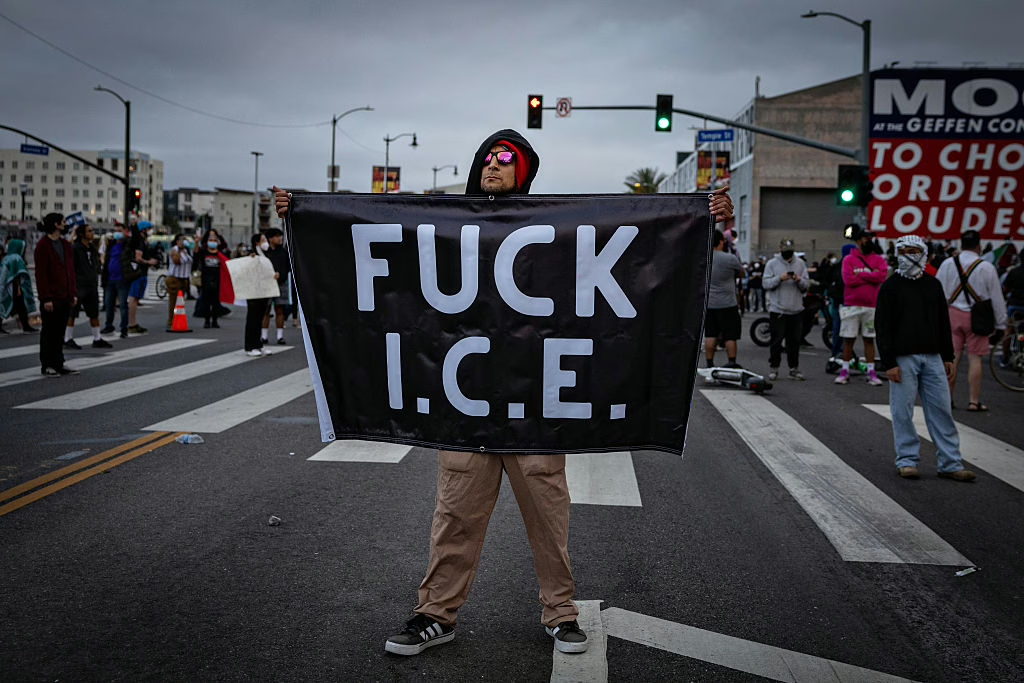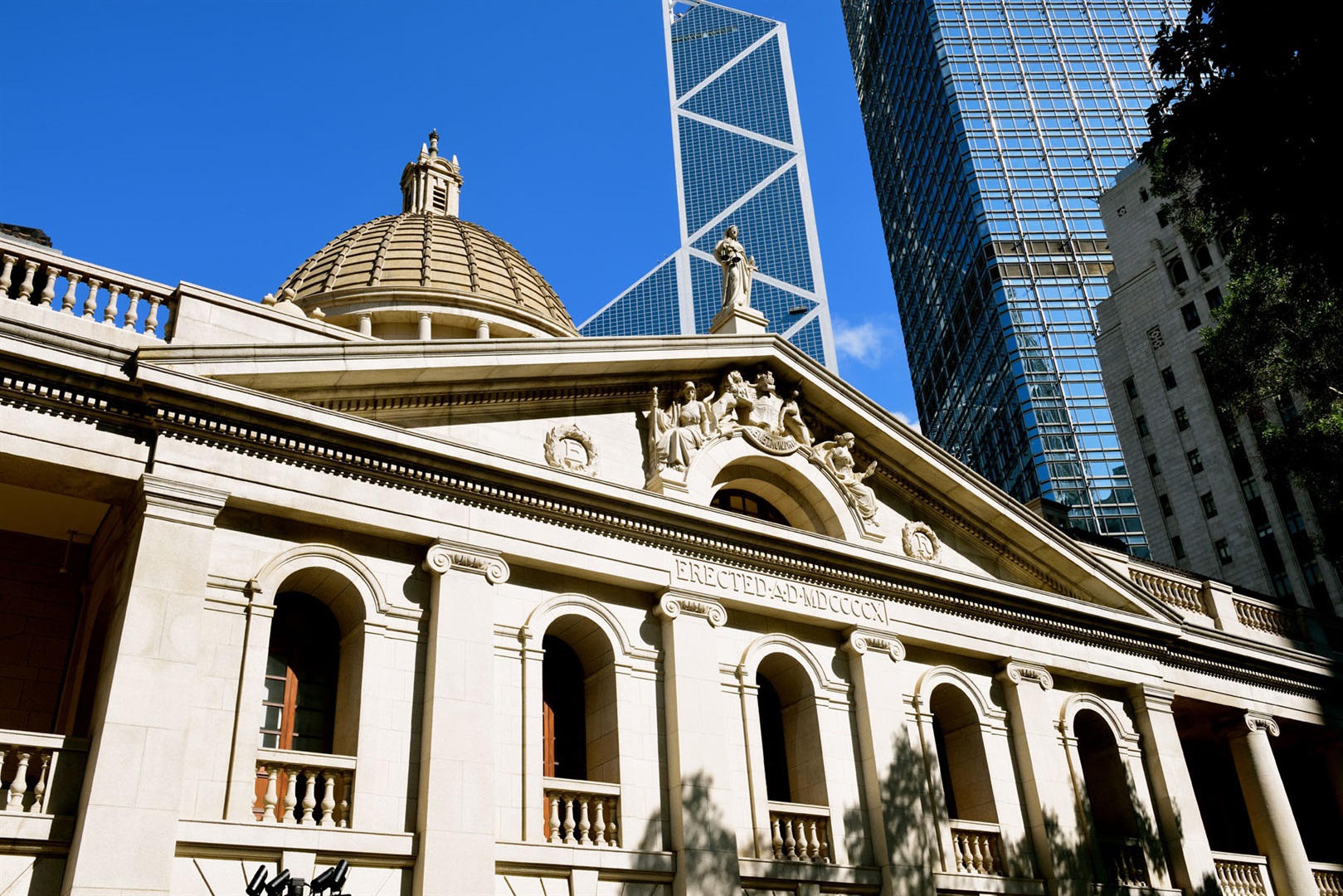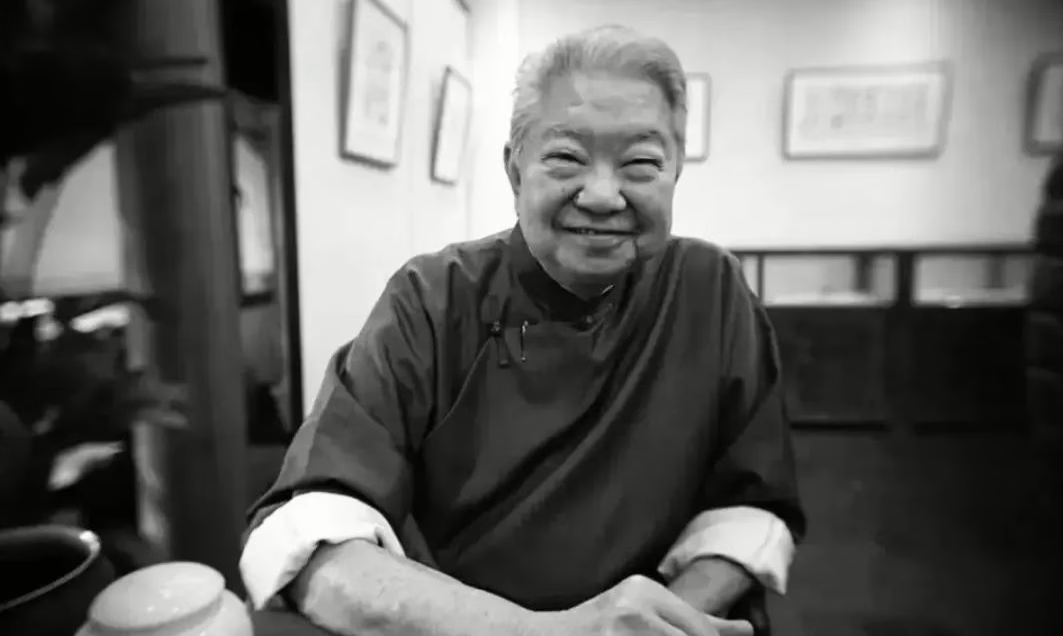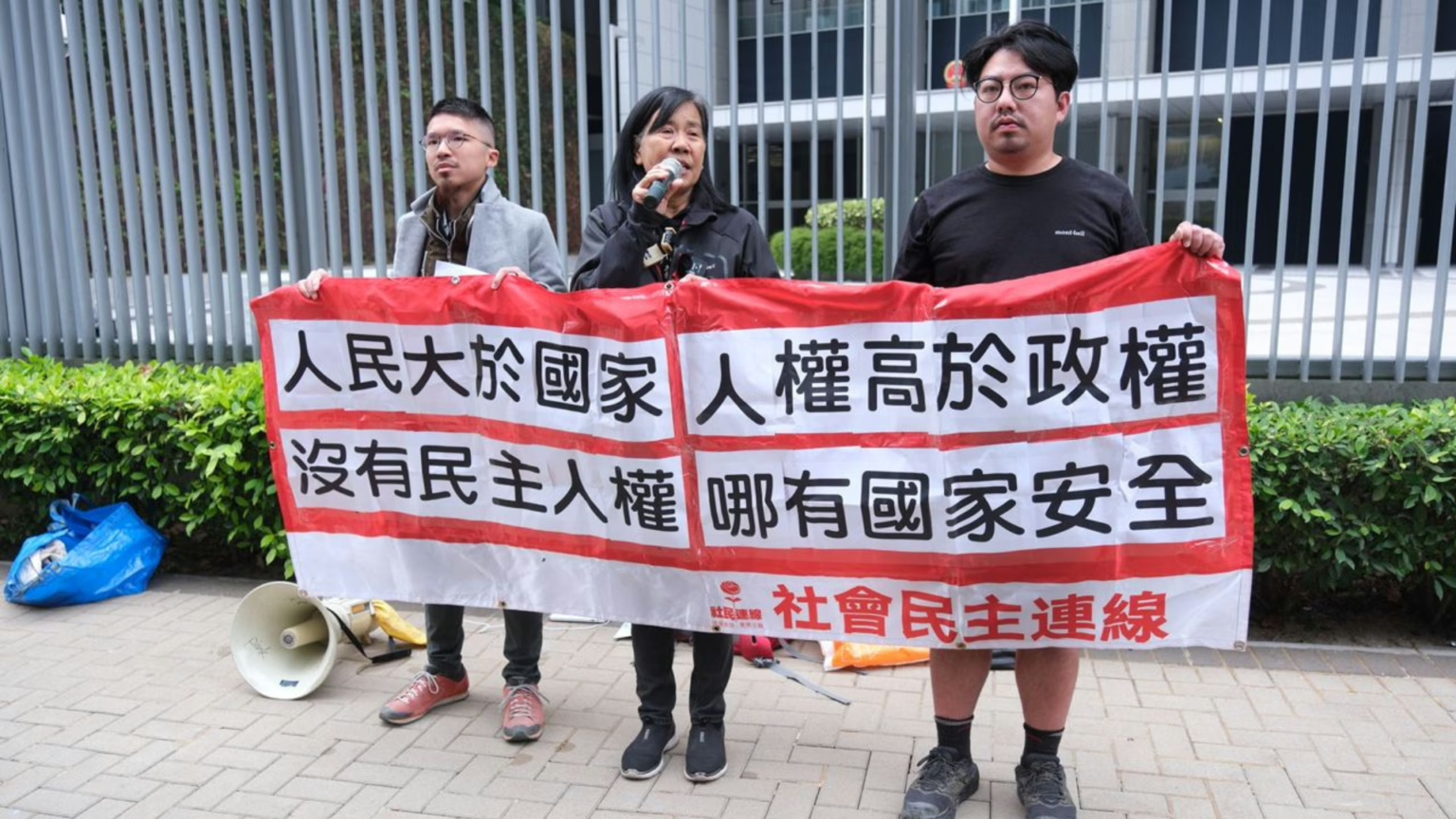Los Angeles is reeling from three days of violent unrest sparked by U.S. Immigration and Customs Enforcement (ICE) raids targeting undocumented migrants, with clashes intensifying across the city centre, Compton, and Paramount. Protesters have blocked motorways, torched vehicles, and clashed with police, while the deployment of 2,000 National Guard troops by President Donald Trump has deepened tensions. As a major sanctuary city, Los Angeles’ response has reignited debates over immigration policy, drawing parallels to its turbulent history of civil unrest. With California’s leadership at odds with Washington, questions loom over whether the federal government will permit the situation to deteriorate further or deploy active-duty U.S. military forces to quell the chaos.
Unrest Unfolds
On 6 June, ICE launched large-scale raids across Los Angeles, detaining at least 118 undocumented migrants, including 44 in a single operation. The sweeps, targeting areas like Compton and Paramount with significant Latino populations, prompted immediate protests. Demonstrators blocked the 101 Freeway, set vehicles alight, and hurled petrol bombs at law enforcement, who responded with tear gas, rubber bullets, and flash-bang grenades. By 7 June, unrest spread to downtown Los Angeles, with a tense standoff outside the Metropolitan Detention Center, where detainees were reportedly held.
The situation escalated when President Trump, overriding California Governor Gavin Newsom, ordered 2,000 California National Guard troops to Los Angeles on 7 June, citing “lawlessness” and “violent insurrectionist mobs.” Newsom condemned the move as “purposefully inflammatory,” accusing Washington of seeking a “spectacle” to justify further escalation. Los Angeles Mayor Karen Bass echoed this, calling the deployment a “dangerous escalation” that sows “chaos.” On 8 June, 300 National Guard troops from the 79th Infantry Brigade Combat Team arrived, clashing with protesters near federal buildings. By 9 June, 56 arrests had been made, with reports of looting and property damage.
Will Washington Allow the Situation to Escalate?
Washington’s response suggests a determination to maintain control, but the extent to which it will allow the situation to worsen remains uncertain. The Trump administration has framed the unrest as a crisis requiring federal intervention, with officials like “border czar” Tom Homan and FBI Deputy Director Dan Bongino vowing “zero tolerance” for violence. The deployment of 2,000 National Guard troops, federalized against California’s wishes, signals a willingness to escalate rather than de-escalate. Defence Secretary Pete Hegseth has further raised the stakes, warning that 500 active-duty Marines from Twentynine Palms are on “high alert” and could be deployed to protect federal property and personnel.
However, several factors may restrain Washington from allowing unchecked escalation:
- Political Backlash: Newsom’s threat to sue the Trump administration over the National Guard’s federalization, backed by local leaders like Bass and Representative Nanette Barragán, highlights a growing political rift. A prolonged crisis could embolden Democratic opposition and alienate moderate voters, especially in a sanctuary state like California.
- Public Sentiment: Posts on X reflect divided sentiment, with some users decrying the protests as “riots” while others criticize the administration’s “militarization.” Viral imagery, such as a masked protester near a burning car, has been seized upon by Trump supporters as propaganda, potentially pressuring Washington to avoid further inflammatory actions.
- Legal Constraints: The Posse Comitatus Act limits the use of federal troops for domestic law enforcement unless authorized by the Insurrection Act. While Trump threatened to invoke this during the 2020 Black Lives Matter protests, he has not done so here, possibly to avoid legal challenges or accusations of overreach.
Conversely, Washington may tolerate further escalation if violence intensifies. Trump’s rhetoric, describing Los Angeles as a “riot” and hinting at deploying troops to other cities, suggests a readiness to project strength. ICE’s plan for 30 days of sustained raids across Los Angeles County could prolong tensions, potentially justifying harsher measures.
Will Washington Deploy the U.S. Military?
The prospect of active-duty U.S. military deployment, such as the 500 Marines on standby, is a significant concern. Hegseth’s threat to send Marines has been called “deranged” by Newsom, who argues it risks “deploying active-duty forces against American citizens.” The U.S. Northern Command has confirmed the Marines are “prepared to deploy” to augment National Guard efforts, but only if necessary to protect federal assets.
Historical precedent exists: in 1992, President George H.W. Bush deployed active-duty troops to Los Angeles during the Rodney King riots at the state’s request, a stark contrast to today’s federal-state conflict. Deploying the military now, without California’s consent, would mark a rare and controversial escalation, likely requiring invocation of the Insurrection Act. Trump’s decision not to use this authority so far suggests caution, possibly due to the act’s political and legal ramifications.
Amnesty International has warned that military deployment could lead to “widespread human rights violations,” citing the 2020 Lafayette Park incident as a cautionary tale. Local leaders, including Bass, have urged de-escalation, arguing that the National Guard’s presence is already excessive. Unless violence spirals significantly—beyond current levels of looting and skirmishes—Washington may avoid military deployment to sidestep accusations of authoritarianism.
Why No Customs Enforcement in Los Angeles?
The absence of U.S. Customs and Border Protection (CBP) in these raids reflects its jurisdictional focus on border security, trade, and entry points, not internal immigration enforcement, which falls to ICE. California’s sanctuary state status, codified in the 2017 California Values Act (SB 54), further limits local cooperation with ICE, making CBP’s involvement in inland operations unnecessary and politically contentious.
Why Is Los Angeles a Sanctuary City?
Los Angeles’ sanctuary status stems from:
- Immigrant Demographics: With 34% of Los Angeles County’s population foreign-born, predominantly from Latin America and Asia, immigrants are vital to the city’s economy and culture.
- Historical Strife: Past riots, like those in 1965 and 1992, underscored the need to protect marginalized communities to maintain social cohesion.
- Legal Protections: Special Order 40 (1985) restricts the LAPD from probing immigration status, a policy reinforced by SB 54, reflecting California’s resistance to federal immigration crackdowns.
- Economic Role: Undocumented migrants drive key sectors like construction and services, incentivizing policies that shield them from deportation.
- Humanitarian Stance: Local leaders view sanctuary policies as a moral imperative to protect vulnerable populations.
Historical Context: A City Scarred
Los Angeles’ history of unrest amplifies the current crisis:
- 1965 Watts Riots: A Black motorist’s arrest sparked six days of violence, killing 34 and causing £40 million in damages, highlighting racial and economic disparities.
- 1992 Rodney King Riots: The acquittal of officers who beat Rodney King led to six days of rioting, 63 deaths, and £1 billion in damages, exposing deep-seated issues of police misconduct and racial injustice.
The 2025 unrest, while smaller, taps into similar grievances, with ICE raids seen as targeting vulnerable immigrant communities, echoing past injustices.
Current Situation and Outlook
As of 9 June, Los Angeles remains volatile. The National Guard’s presence has not quelled protests, and ICE’s planned 30-day operation risks prolonging unrest. Newsom’s planned lawsuit and Bass’s calls for de-escalation underscore California’s opposition to federal tactics. Washington’s next moves hinge on whether violence escalates significantly. While active-duty military deployment remains a possibility, political and legal constraints may deter it unless chaos overwhelms local and National Guard forces.
Discover more from “Bridging Hongkongers. Reporting Truth.”
Subscribe to get the latest posts sent to your email.




